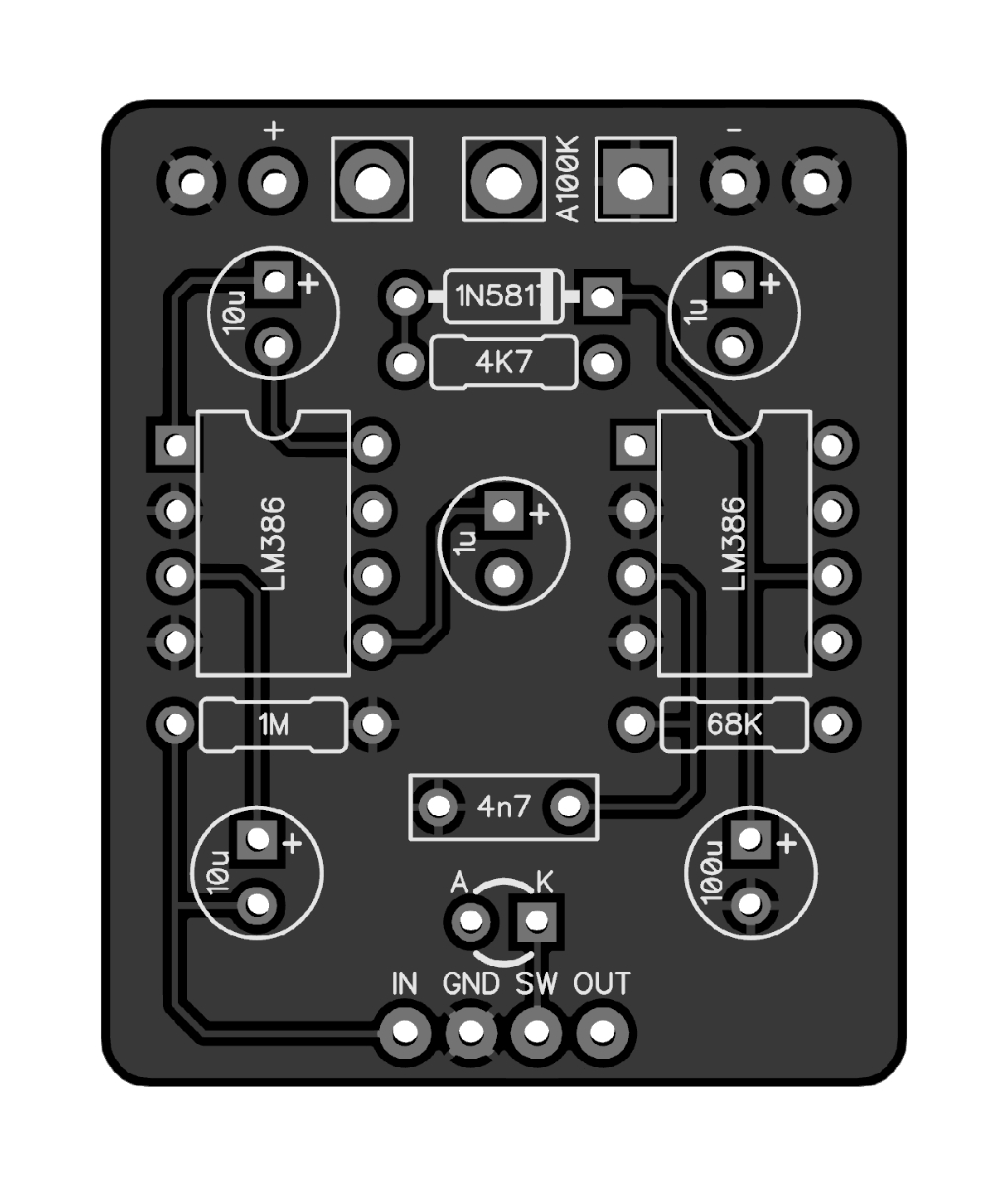DAJE
Well-known member
Actually I got two: a regular 400 pointer and a smol 170 pointer because why not? And I have another 400 pointer coming from Tayda in the near future (all today's stuff is from AliExpress).
I also got 60+ jumper wires in various lengths and colours. Got some with sockets at one end the other day.
I have a ProtoBoard Micro on the way whenever USPS passes it to Australia Post who will then deliver it to me. That could be weeks away, though. I'll be surprised if it's not, frankly.
Anyway, I tested connections with my multimeter and various jumpers etc. I made a super simple LED test circuit and it worked properly. So, now what?
I've looked at some of the tutorials here, but I feel like I really need some "special education" level projects to get me started. So, who's got recommendations? The dumber the better, you will not offend me by assuming I know very little about this subject.
I also got 60+ jumper wires in various lengths and colours. Got some with sockets at one end the other day.
I have a ProtoBoard Micro on the way whenever USPS passes it to Australia Post who will then deliver it to me. That could be weeks away, though. I'll be surprised if it's not, frankly.
Anyway, I tested connections with my multimeter and various jumpers etc. I made a super simple LED test circuit and it worked properly. So, now what?
I've looked at some of the tutorials here, but I feel like I really need some "special education" level projects to get me started. So, who's got recommendations? The dumber the better, you will not offend me by assuming I know very little about this subject.












